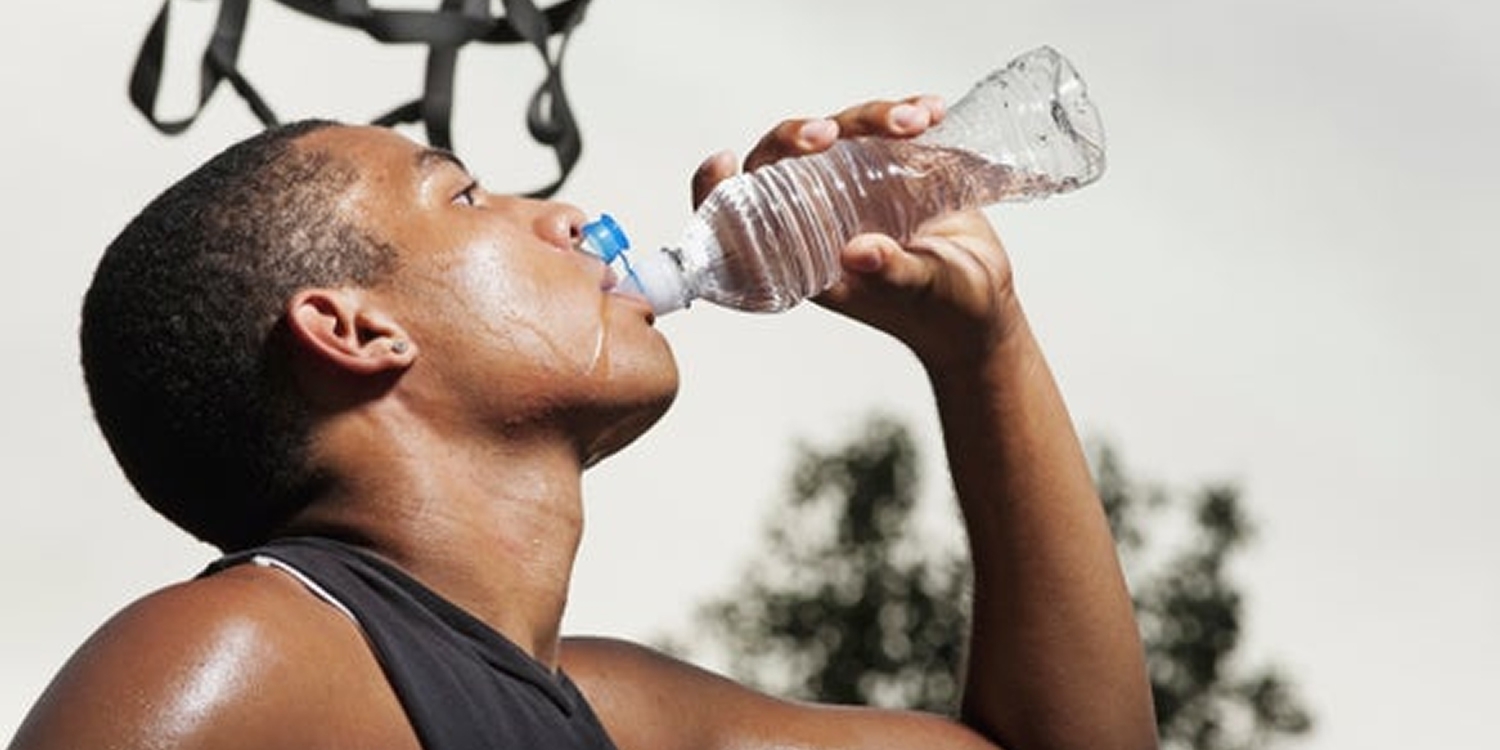Globally, 783 million people do not have access to clean water, and 2.5 billion people do not have access to water-based sanitation resources such as toilets or clean bathing facilities. Not having access to clean water supplies isn’t just an inconvenience; for millions around the world, it’s fatal. Each year, between 6 to 8 million people die from drinking contaminated drinking water and other water-related hygiene problems.
In the developed world, water is a cheap commodity. In New York City, one of America’s most expensive cities, water costs a mere $0.0045 per gallon. If a New Yorker takes a 10 minute shower every day, 365 days a year, using five gallons of water each time, a whole year’s worth of showers would cost her just over $8. That’s just 2 cents per shower.
Who’s most affected by lack of access to clean water and sanitation facilities? The world’s rural poor are disproportionately harmed by insufficient access to clean water. According to this year’s UN Millennium Development Goals Report, about 16 percent of the world’s rural population does not have access to safe drinking water supplies. By contrast, that number is only four percent for the world’s urban population. Globally, 18 percent of people who live in urban areas lack access to safe sanitation facilities; in rural areas, that number skyrockets to 50 percent of the population.
Most of us take for granted that we’ll be able to use the bathroom in a safe, clean, and hygienic manner. But as of 2015, an astonishing one-third of the world’s population still doesn’t have access to improved sanitation facilities. Lack of toilets and safe water supplies means that 943 million people around the world have no choice but to practice open defecation, which contaminates water supplies and contributes to the spread of water-borne diseases. Children are especially susceptible to sickness caused by open defecation practices and bathing in dirty water sources.
But despite the fact that water is both plentiful and cheap in the developed world, a sizable part of the world’s population continues to live without easy or safe access to this vital resource.The good news is that in the past two and a half decades, we’ve made significant global advances in bringing safe water and sanitation practices to a greater portion of the world’s most vulnerable men, women, and children. Since 1990, 2.6 billion people have gained access to safe drinking water sources. In the same time period, 2.1 billion people gained access to improved sanitation facilities, causing the practice of open defecation to fall by half.
These advances demonstrate that it’s possible to make radical changes to the way billions of people access and use water. But millions more are still being denied access to this vital resource. Fortunately, for those of us in the developed world, there are several cost-effective and evidenced-backed ways to help make universal water access a reality for all.


